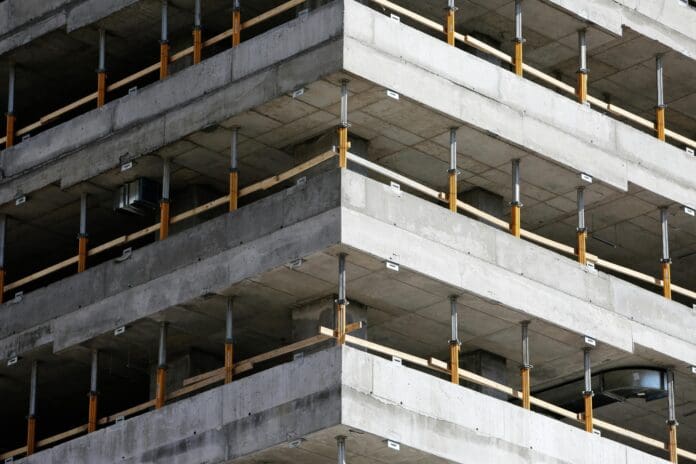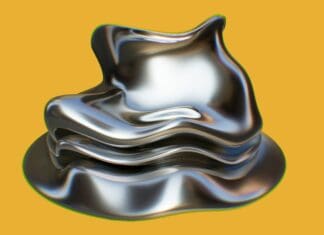This post is also available in:
 עברית (Hebrew)
עברית (Hebrew)
Researchers at the University of New Mexico (UNM) have made a groundbreaking advancement in construction materials with the development of a bendable, ultra-ductile concrete specifically designed for 3D printing. This newly patented material addresses critical challenges in both the construction and maintenance of infrastructure, offering improved resilience and efficiency.
The material was developed by a team led by Dr. Maryam Hojati from UNM’s Gerald May Department of Civil, Construction, and Environmental Engineering. According to TechXplore, the concrete is designed to be flexible and durable, unlike traditional concrete, which is known for its brittleness and susceptibility to cracking. This new cementitious compound, however, is engineered to resist both compression and tension, making it ideal for structures that must withstand natural disasters like earthquakes or high winds.
The core challenge in 3D concrete printing has been finding a material that can hold its form without the need for traditional reinforcement methods, such as steel beams or rebars. Muhammad Saeed Zafar, a Ph.D. graduate and lead researcher on the project, noted that in 3D printing with metals and plastics, technology is advanced, but concrete printing is still evolving. This new material solves that issue, eliminating the need for conventional reinforcement while maintaining sufficient fiber content to support its shape and structural integrity during the printing process.
The team’s patented mix incorporates polymeric fibers which enhance the material’s strain capacity by up to 11.9%. This innovation promises to reduce the need for external reinforcement in 3D-printed concrete structures, increasing both the speed and automation of construction processes.
The material has been thoroughly tested for bending and tensile strength in various forms, including small structures and prisms. Researchers are optimistic that this ultra-ductile cementitious material could revolutionize construction, making buildings more durable and easier to maintain while significantly reducing labor costs.
Looking beyond Earth, Hojati is also working on applying this 3D concrete printing technology for space construction. With the challenges of transporting traditional construction materials to other planets, NASA and other space agencies are exploring the potential of 3D printing for building structures in space, further emphasizing the importance of this material’s adaptability.
In conclusion, this patented 3D printable concrete could transform the future of construction on Earth and in space, offering a promising solution for more resilient, sustainable, and automated infrastructure.


























